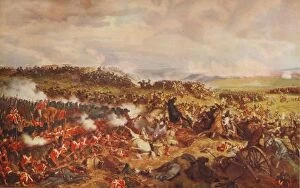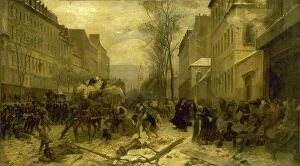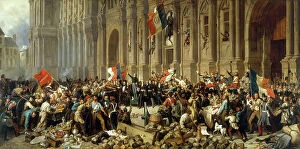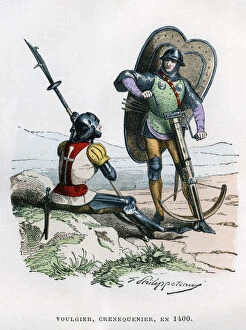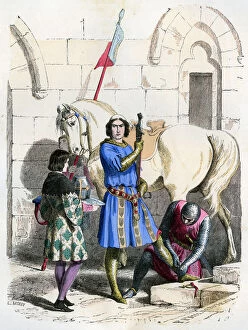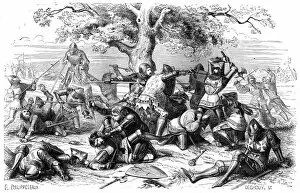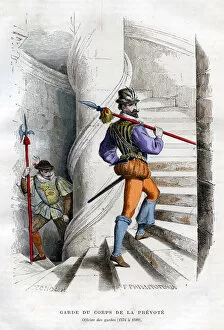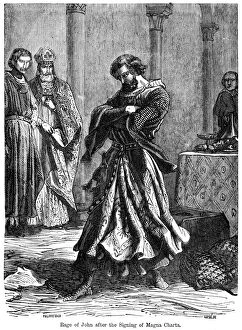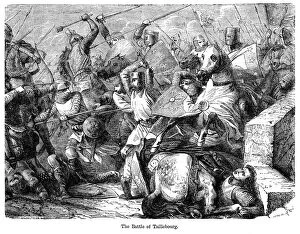Felix Henri Emmanuel Philippoteaux Collection
Felix Henri Emmanuel Philippoteaux, a renowned artist of the 19th century, captured historical moments with his exceptional talent and attention to detail
For sale as Licensed Images
Choose your image, Select your licence and Download the media
Felix Henri Emmanuel Philippoteaux, a renowned artist of the 19th century, captured historical moments with his exceptional talent and attention to detail. His masterpiece "Charge of the French Cuirassiers at Waterloo" transports us back to 1874, allowing us to witness the intensity and bravery of soldiers in battle. In his painting "Soldiers, " created between 1882-1884, Philippoteaux showcases the strength and unity of an army consisting of 1400 men. The meticulous brushstrokes bring life to each soldier's face, revealing their determination and resilience. Philippoteaux's collaboration with Deghouly resulted in captivating artworks such as "Knight served by a squire and page. " This piece from the end of the 12th century takes us on a journey through time, showcasing chivalry and honor during medieval times. Another remarkable creation by Philippoteaux is "Frankish count leaving for war, " which depicts warriors preparing themselves for battle during the 8th-9th century. The artist's ability to capture emotions allows viewers to feel their anticipation mixed with apprehension before engaging in combat. The clash between Thirty French knights battling English forces in Brittany comes alive through Deghouy's collaboration with Philippoteaux. Painted in 1351, this artwork portrays intense fighting amidst picturesque landscapes while highlighting France's rich history. Philippoteaux also delves into political scenes like "Officer of the guards, " where he presents an officer from Garde du corps de la prevote during 1574-1589. This painting exudes authority and power while providing insight into military structures during that era. The emotional turmoil experienced by King John after signing Magna Carta is vividly depicted by Philippoteaux. In another artwork featuring King Richard I before the Diet of German Empire, we witness royal figures engaged in diplomatic discussions against a backdrop symbolizing political intrigue.

